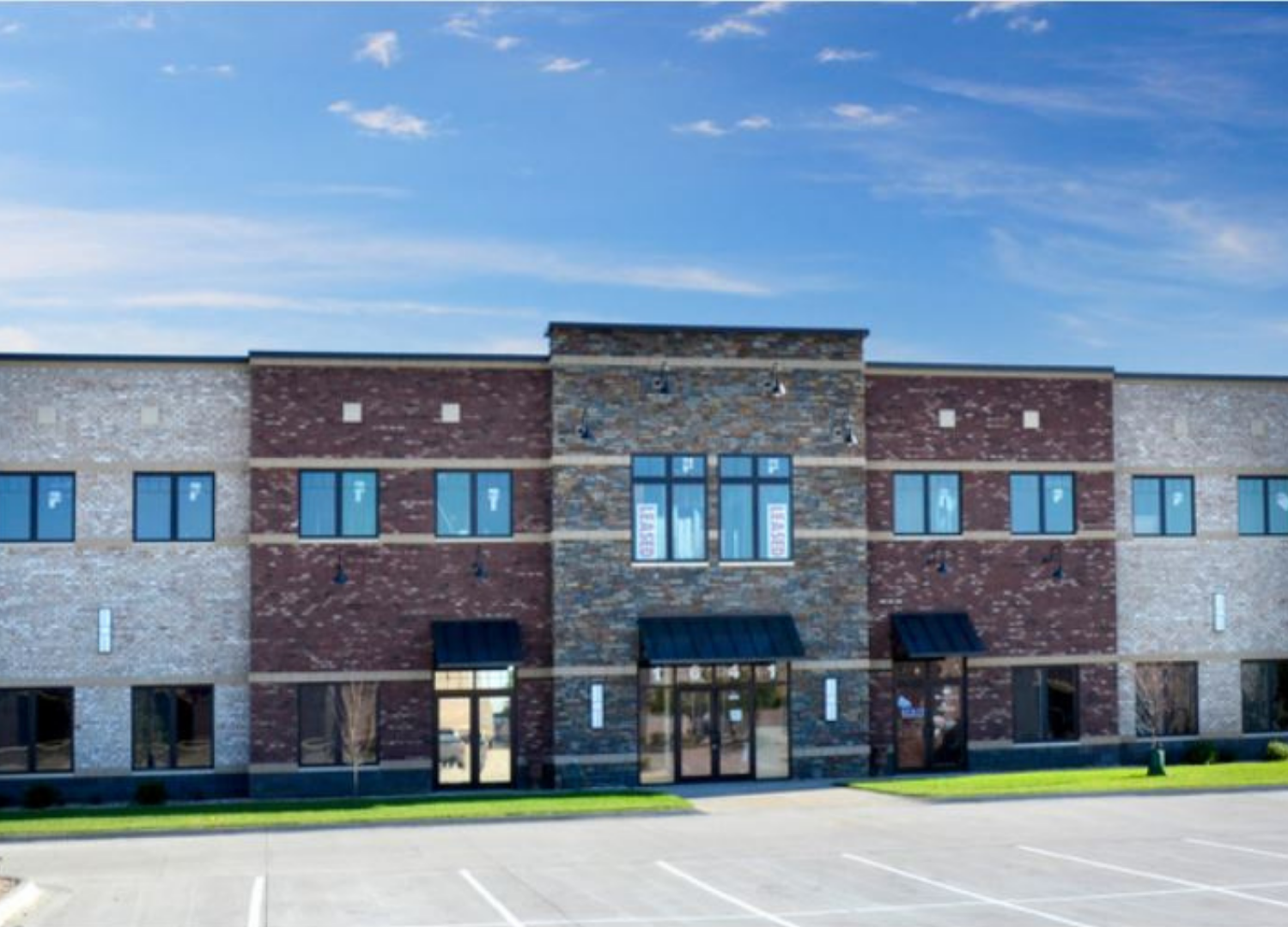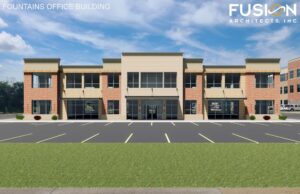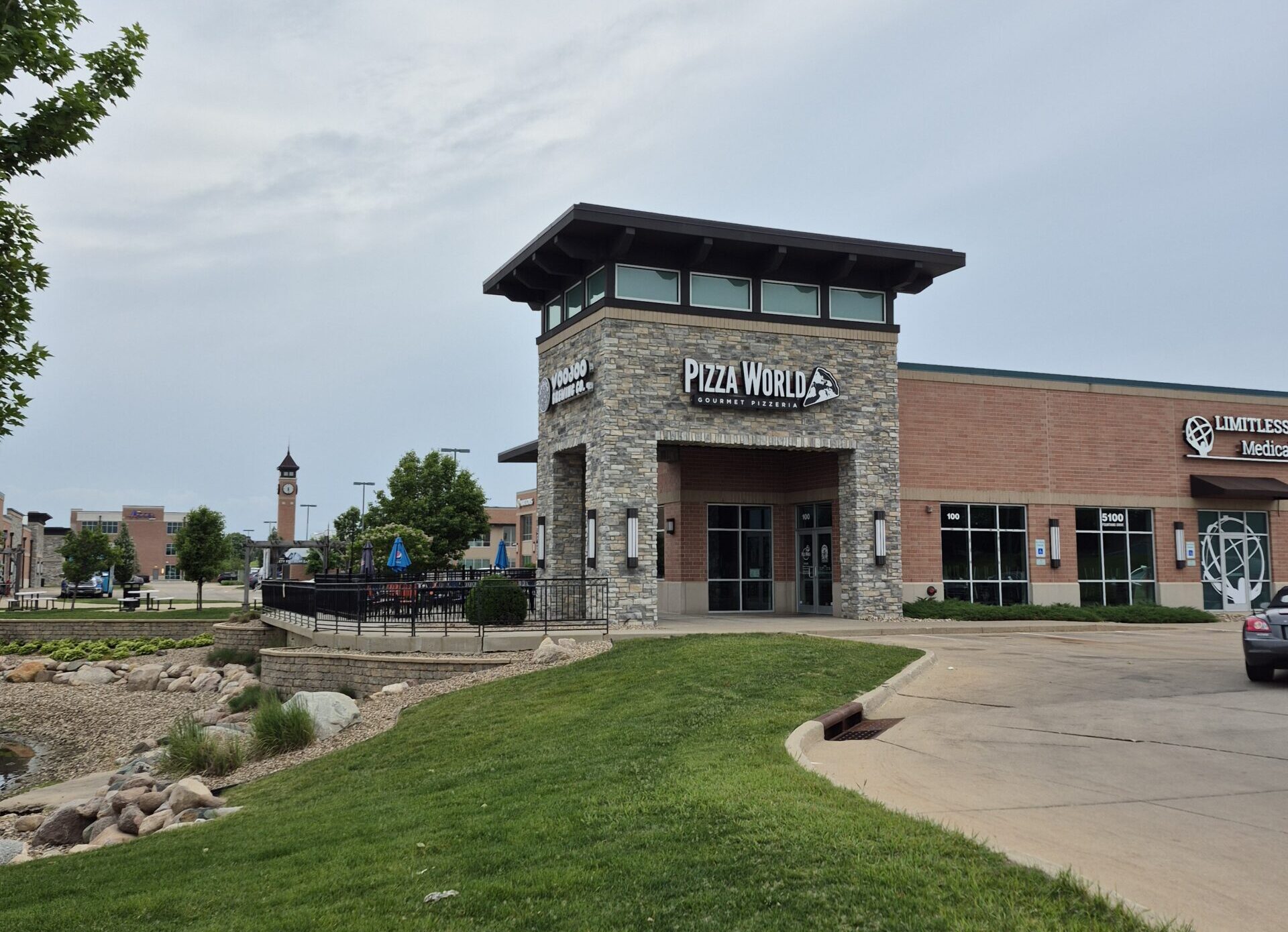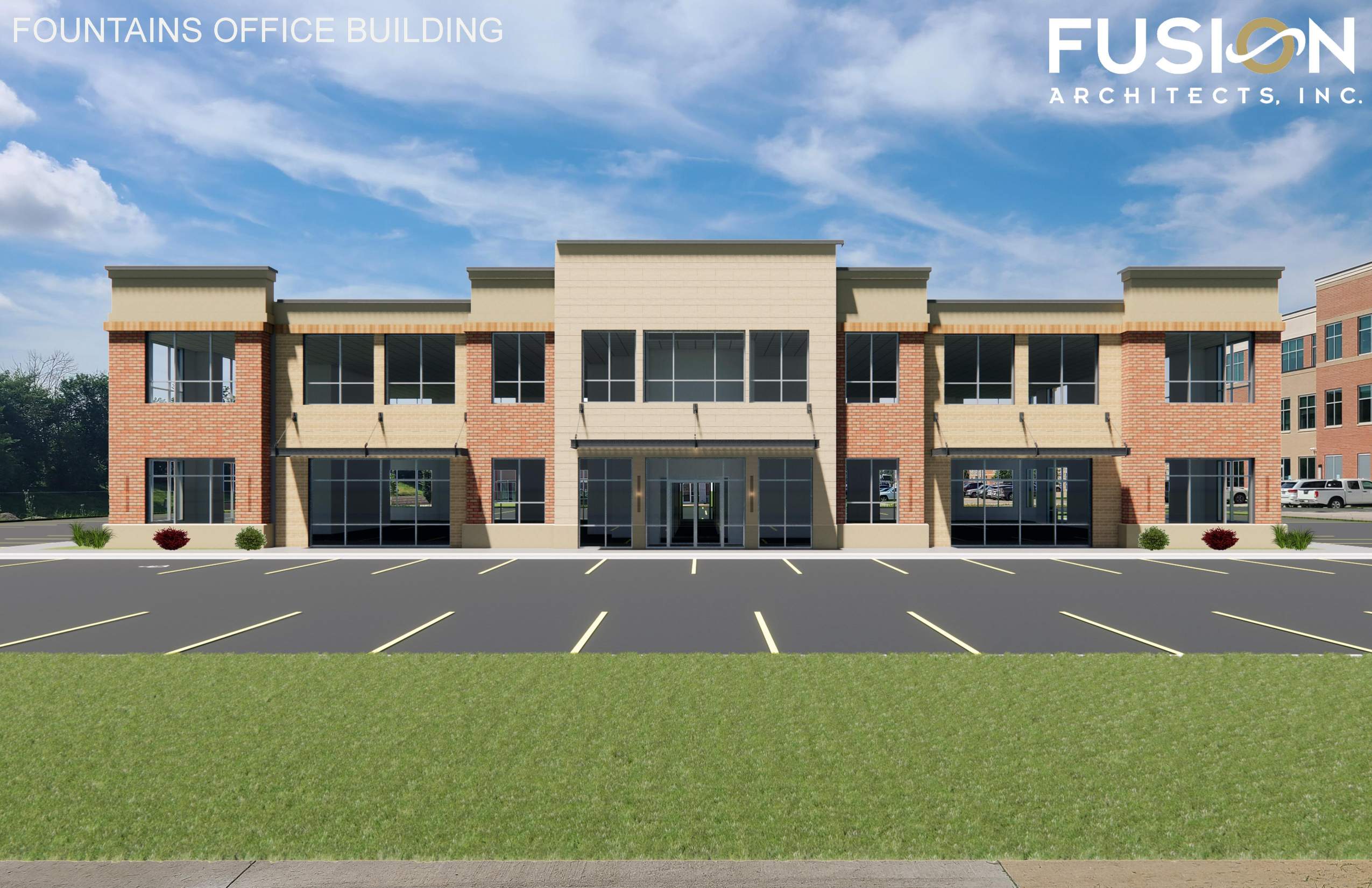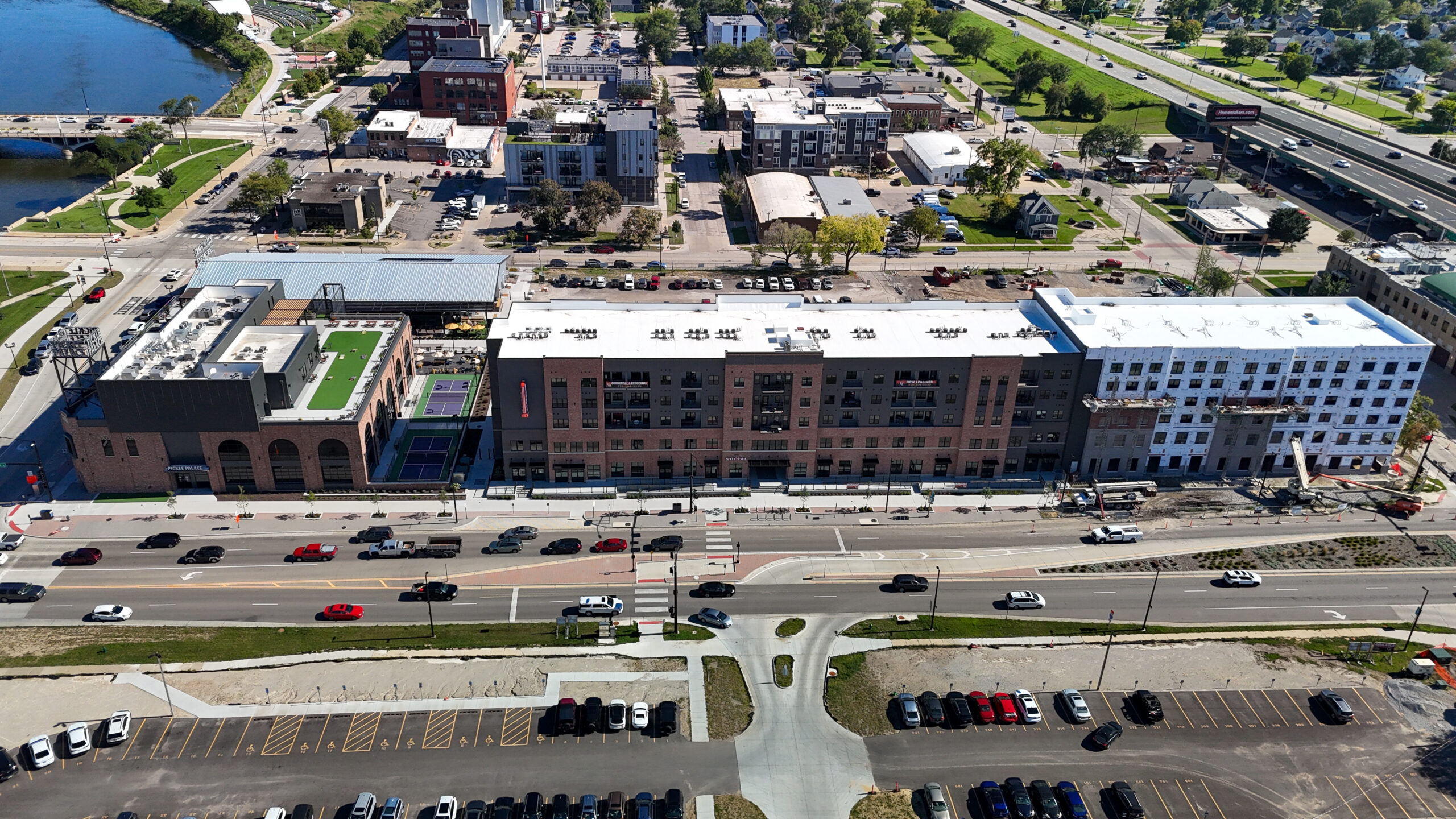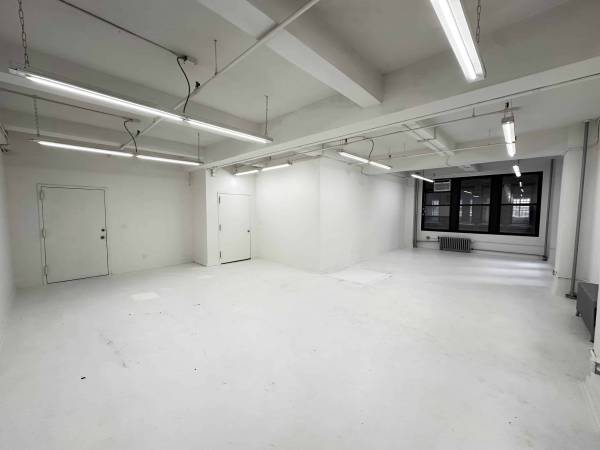When listing commercial real estate property available for lease, landlords typically post available space in terms of ($) rate per square foot per year. Using this format simplifies the calculation for both the landlord and the tenant because the value of the space is based on square feet of space allocated to the tenant.
Along with having an idea of how lease rate is calculated, it is also important to understand the different variables that have an effect on the overall lease rate.
Calculating Lease Rate
The marketing flyer or advertisement will likely show price per square foot per year for the lease property, but that does not necessarily show a clear picture of the monthly expense.
For example, if you want to calculate the base lease rate on a 2,500 square foot space with a lease rate of $15 per square foot. The formula would look like this:
$15 X 2,500 gives you the annual lease cost of $37,500.00. You would then take $37,500.00 / 12 to get the monthly lease cost of $3,125.00. For this example space, you would pay a monthly base lease rate of $3,125.00. So now you have the formula down, let’s take a look at the variables that impact the lease rate as well as some basic terminology used in commercial real estate transactions.
The Difference Between Usable Square Footage and Rentable Square Footage
Commercial Real Estate price per square foot can be based on usable square footage (USF) or rentable square footage (RSF). The difference is usable square footage is the amount of square feet actually used by the tenant. This means any space designated specifically for your business such as storage space or private restrooms. Rentable square footage is made up of both usable square footage and any shared spaces in the building such as common restrooms, corridors and reception areas.
When calculating rentable square footage, landlords will figure the proportion of common space in a building. This is known as a common area factor.
For example, take a 25,000 square foot building with 10,000 square feet of shared or common space. The common area factor for this building is 40 percent. Each tenant pays a proportionate share of lease expense for the common areas. Let’s say Tenant #1 in this building is 4,000 usable square feet, Tenant #1 will add in 40% of 4,000 square feet to come up with the rentable square foot amount. Tenant #1 is responsible to pay for 5,600 square feet.
You can see why it is important to clarify whether the commercial lease space square footage is calculated in terms of usable square footage or rentable square footage. Without clarification, you might be surprised to find out that your lease rate includes common areas and you end up with less dedicated space for your business than you anticipated.
Type of Lease
Another variable that has an impact on your overall lease rate is the lease structure. A few of the most common lease structures are listed below:
Triple Net Lease (NNN) – In a Triple Net Lease, the tenant pays a base rent and pass-through expenses (operating expenses) such as Common Area Maintenance (CAM), property taxes, insurance, utilities, janitorial, security and supply costs.
Double Net Lease (NN) – In a Double Net Lease, the tenant pays base lease, taxes and insurance.
Full Gross Lease – In a Full Gross Lease, the tenant pays only the base lease and the landlord will often adjust the lease rate to account for the operating costs.
Modified Gross Lease – In a Modified Gross Lease, the tenant pays the base rent and a portion of the operating costs. The amount of operating costs assigned to the tenant will be determined in advance by the landlord and included in the lease agreement.
Additional Variables That Have an Effect on Lease Rate
- Location – there are always commercial real estate markets that are more costly than others depending on location.
- Commercial Building Class – building classifications are typically categorized as A, B and C and factor in certain qualities such as infrastructure, amenities, location and price. If you lease a Class A building expect to pay more per square foot because with this classification comes updated construction and infrastructure and high quality amenities.
- Amenities – if you lease a building where their are special amenities such as doorman services, parking, and concierge services, it will most likely show up in your base lease or as an additional fee.
- Lease Flexibility – when you have a lease that includes flexible terms you will probably pay more on a monthly basis for this type of an arrangement than you would for a comparable space with a more stringent lease. This may not be a bad thing for a tenant that is looking to occupy a space for a short period of time.
As you can see, there’s a lot of factors to consider when calculating commercial real estate lease rates per square foot. This is why it is important to partner with a licensed real estate agent or broker to help you with this complicated process. Contact Craig Byers or Jason Rogers to assist you with the lease process today!
Check out this blog post on Commercial Real Estate Pass-Through Expenses.
Article source: https://www.squarefoot.com/blog/commercial-real-estate-price-per-square-foot/.

